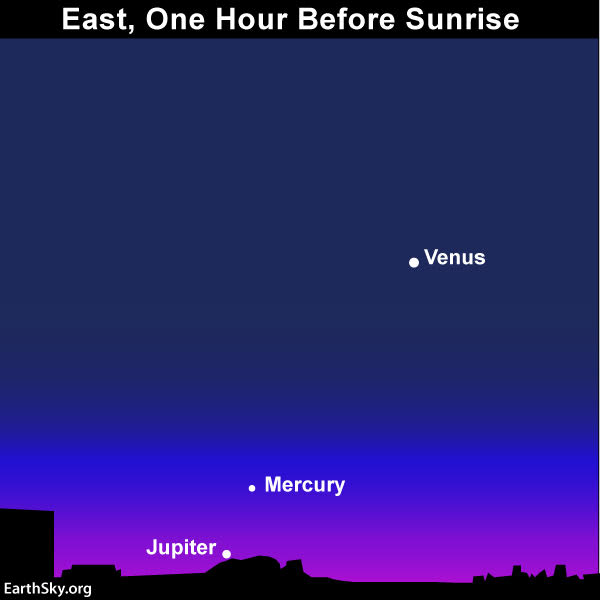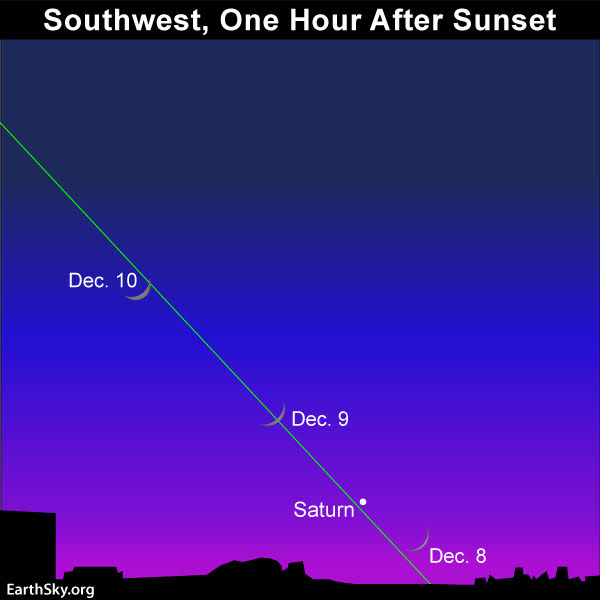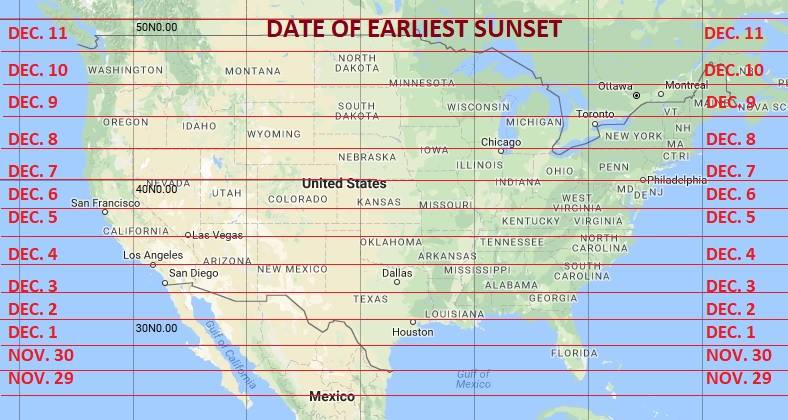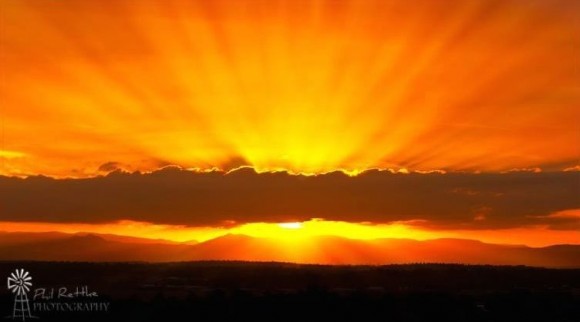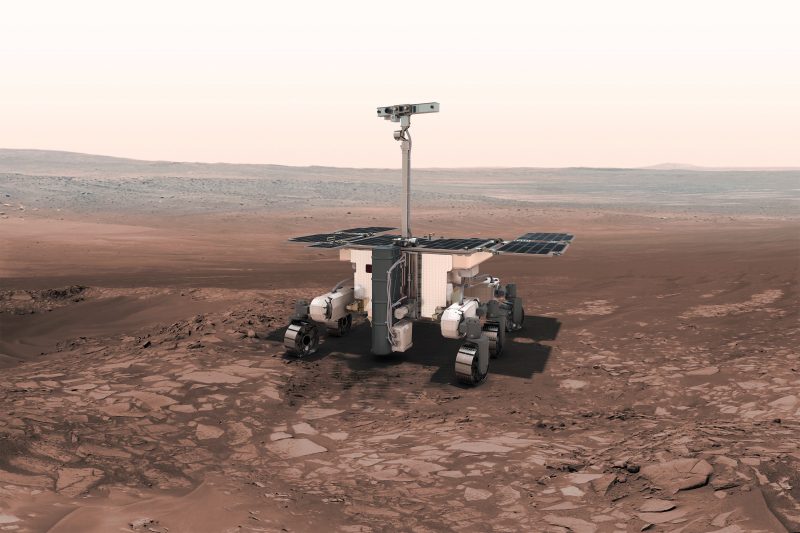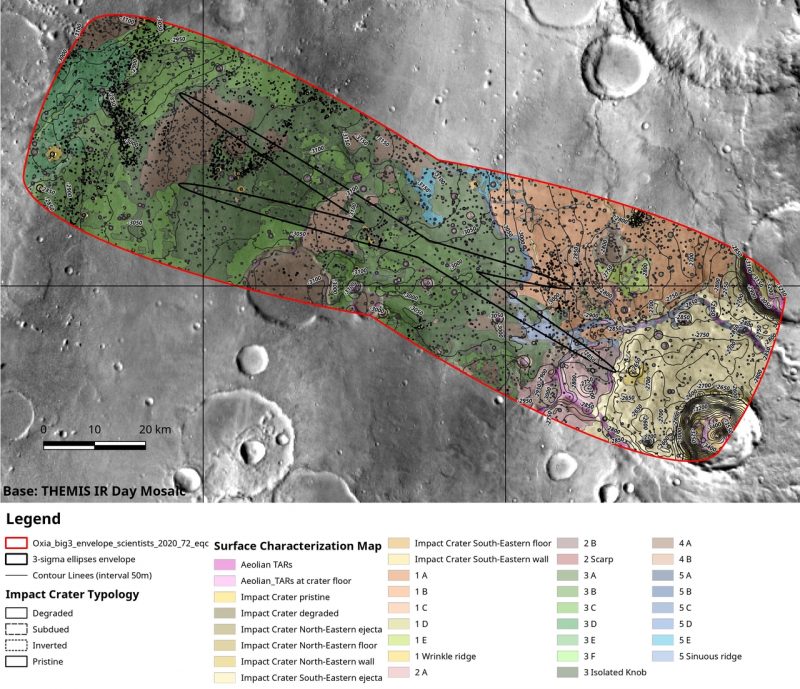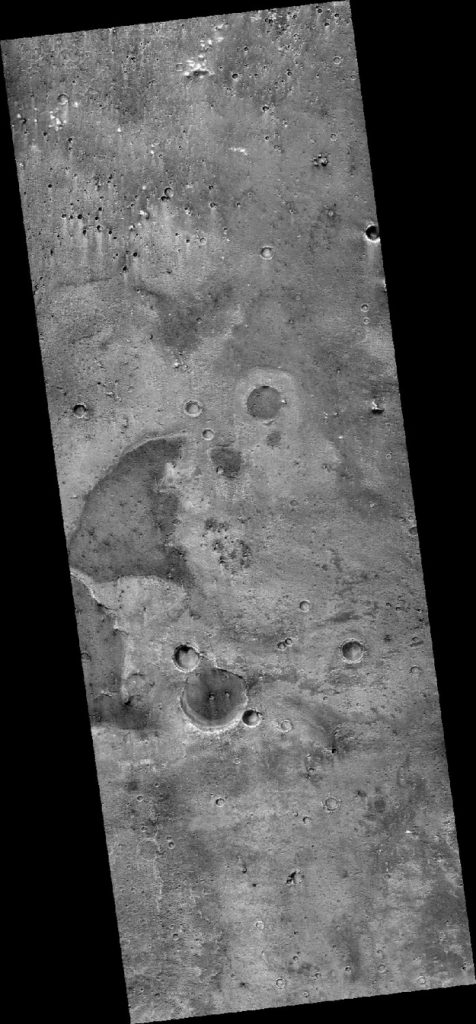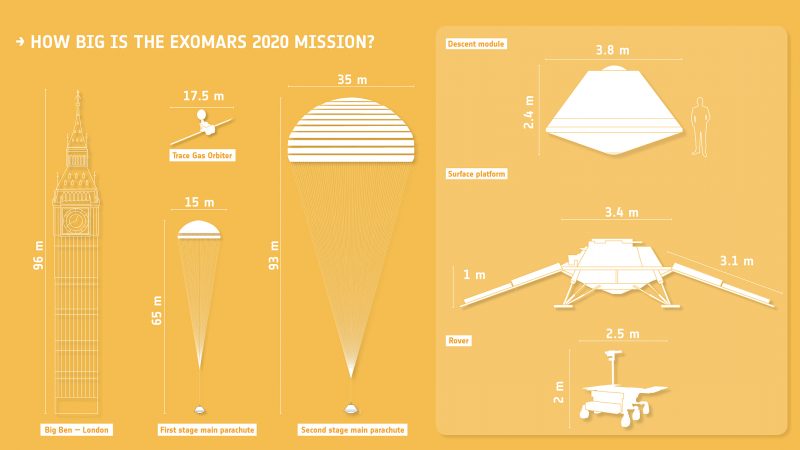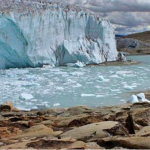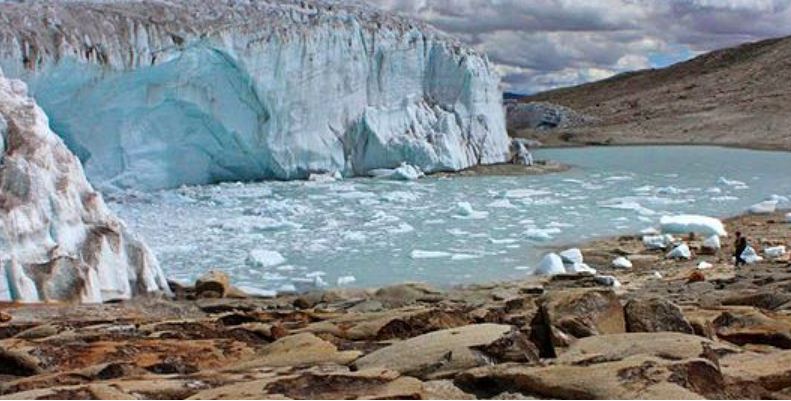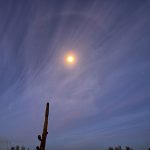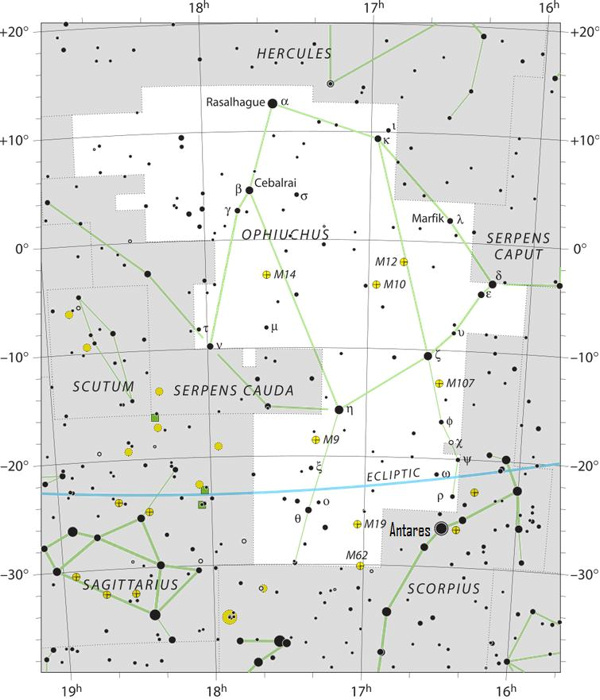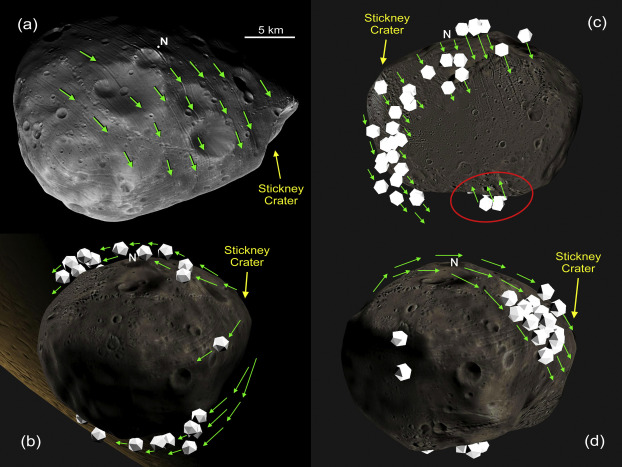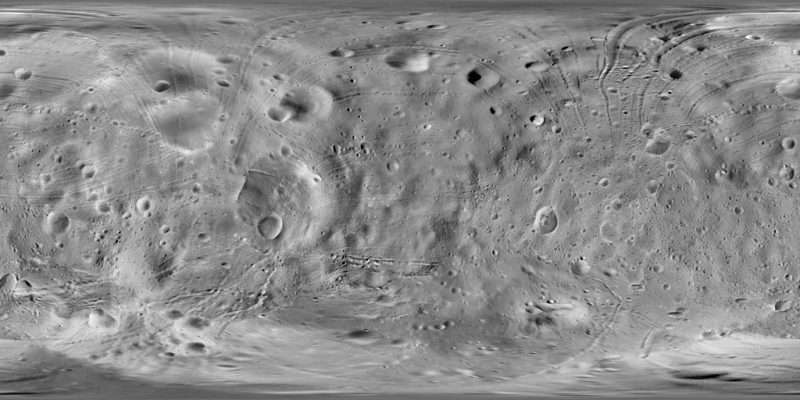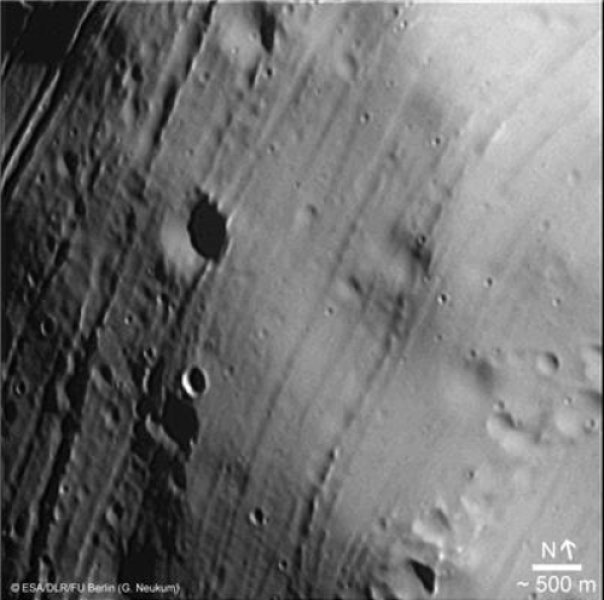
Cancer survival in England still lagging behind the best
England hasn’t closed the gap on countries with the best cancer survival figures, despite improvements in cancer care and survival over the last 20 years. BBC News covered the new report, which warned that a “radical rethink” was required to help close the gap. The report highlights the need to diagnose more cancers earlier, as our news report details.
Immunotherapy drug now an option for some NHS patients with advanced skin cancer
The immunotherapy drug nivolumab (Opdivo) will now be an option for some patients with advanced melanoma skin cancer on the NHS in England. The drug works by boosting the immune system’s ability to kill cancer cells and will be given after surgery to help target any cancer cells left behind. Our news report has the details.
1 in 10 bowel cancer patients start treatment over a year after first noticing symptoms
Researchers found that men and women in Wales took the longest to contact their doctor after noticing a symptom or health change. And they also had the longest time from first noticing a change to starting treatment, which on average took 168 days. This compared to 145 days in England, 138 days in Northern Ireland and 120 days in Scotland. Our press release and ITV Wales have the story.
Targeted drug given green light for some NHS liver cancer patients
A targeted cancer drug will now be available for some adults with advanced liver cancer on the NHS in England and Wales. Regorafenib (Stivarga) was initially turned down by the National Institute for Health and Care Excellence (NICE) but will now be an option for a small group of patients whose livers are still working, but who can’t have surgery and have already been treated with a drug called sorafenib. Our news report has the story.
Cervical screening take-up continues to fall
More than a million women a year aren’t taking up the offer of cervical screening in England, reports The Sun. Women aged 25 to 64 are invited to cervical screening every 3 to 5 years, but 3 in 10 women aren’t attending, according to new figures.
How will Brexit affect the NHS?
BBC News take a look at the impact Brexit could have on the NHS, asking: will the NHS have enough staff, and will we run out of medicines?
Building a ‘Google Earth’ of cancer
The Evening Standard spoke to Cancer Research UK-funded chemist Professor Josephine Bunch, who’s leading one of our most ambitious Grand Challenge research projects. Bunch and her team are working to create personalised 3D maps of tumours. Our blog post explains how this might help improve cancer diagnosis and treatment in the future.
Rare cancer linked to textured breast implant
Textured breast implants have been linked to an increased risk of developing a rare cancer called anaplastic large cell lymphoma. The Guardian and BBC News covered the news, which was triggered after French surgeons were advised to stop using this type of implant by the health regulator, ANSM, while the link is being investigated. Any risks associated with this type of implant are still unclear but the UKMedicines and Healthcare products Regulatory Agency (MHRA) have estimated the risk of developing this rare cancer is around 1 in 24,000 women with implants will develop the cancer.
Cancer survival in Wales worse in poorer areas
New NHS figures reveal a growing gap between cancer survival in people living in deprived parts of Wales and those in richer areas, reports BBC News. While the number of cancer deaths have fallen in all regions between 2001 and 2017, rates have not fallen as steeply in the most deprived areas.
And finally
A new drug that can treat cancers fuelled by a rare gene fault no matter where they grow in the body has been granted accelerated approval by the US Food and Drug Administration. Larotrectinib (Vitrakvi) targets a rare gene fault that occurs in less than 1 in 100 tumours. It becomes the second treatment to be approved based on a molecular ‘fingerprint’ rather than where the cancer grows. The drug is also being considered for a licence in Europe, with a decision anticipated in 2019. NBC News covered the approval and our news report has a rundown of the latest clinical trial results.
Katie
from Cancer Research UK – Science blog https://ift.tt/2PaKr6b

Cancer survival in England still lagging behind the best
England hasn’t closed the gap on countries with the best cancer survival figures, despite improvements in cancer care and survival over the last 20 years. BBC News covered the new report, which warned that a “radical rethink” was required to help close the gap. The report highlights the need to diagnose more cancers earlier, as our news report details.
Immunotherapy drug now an option for some NHS patients with advanced skin cancer
The immunotherapy drug nivolumab (Opdivo) will now be an option for some patients with advanced melanoma skin cancer on the NHS in England. The drug works by boosting the immune system’s ability to kill cancer cells and will be given after surgery to help target any cancer cells left behind. Our news report has the details.
1 in 10 bowel cancer patients start treatment over a year after first noticing symptoms
Researchers found that men and women in Wales took the longest to contact their doctor after noticing a symptom or health change. And they also had the longest time from first noticing a change to starting treatment, which on average took 168 days. This compared to 145 days in England, 138 days in Northern Ireland and 120 days in Scotland. Our press release and ITV Wales have the story.
Targeted drug given green light for some NHS liver cancer patients
A targeted cancer drug will now be available for some adults with advanced liver cancer on the NHS in England and Wales. Regorafenib (Stivarga) was initially turned down by the National Institute for Health and Care Excellence (NICE) but will now be an option for a small group of patients whose livers are still working, but who can’t have surgery and have already been treated with a drug called sorafenib. Our news report has the story.
Cervical screening take-up continues to fall
More than a million women a year aren’t taking up the offer of cervical screening in England, reports The Sun. Women aged 25 to 64 are invited to cervical screening every 3 to 5 years, but 3 in 10 women aren’t attending, according to new figures.
How will Brexit affect the NHS?
BBC News take a look at the impact Brexit could have on the NHS, asking: will the NHS have enough staff, and will we run out of medicines?
Building a ‘Google Earth’ of cancer
The Evening Standard spoke to Cancer Research UK-funded chemist Professor Josephine Bunch, who’s leading one of our most ambitious Grand Challenge research projects. Bunch and her team are working to create personalised 3D maps of tumours. Our blog post explains how this might help improve cancer diagnosis and treatment in the future.
Rare cancer linked to textured breast implant
Textured breast implants have been linked to an increased risk of developing a rare cancer called anaplastic large cell lymphoma. The Guardian and BBC News covered the news, which was triggered after French surgeons were advised to stop using this type of implant by the health regulator, ANSM, while the link is being investigated. Any risks associated with this type of implant are still unclear but the UKMedicines and Healthcare products Regulatory Agency (MHRA) have estimated the risk of developing this rare cancer is around 1 in 24,000 women with implants will develop the cancer.
Cancer survival in Wales worse in poorer areas
New NHS figures reveal a growing gap between cancer survival in people living in deprived parts of Wales and those in richer areas, reports BBC News. While the number of cancer deaths have fallen in all regions between 2001 and 2017, rates have not fallen as steeply in the most deprived areas.
And finally
A new drug that can treat cancers fuelled by a rare gene fault no matter where they grow in the body has been granted accelerated approval by the US Food and Drug Administration. Larotrectinib (Vitrakvi) targets a rare gene fault that occurs in less than 1 in 100 tumours. It becomes the second treatment to be approved based on a molecular ‘fingerprint’ rather than where the cancer grows. The drug is also being considered for a licence in Europe, with a decision anticipated in 2019. NBC News covered the approval and our news report has a rundown of the latest clinical trial results.
Katie
from Cancer Research UK – Science blog https://ift.tt/2PaKr6b



